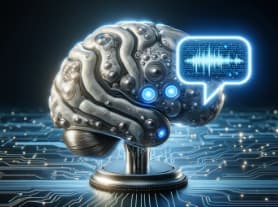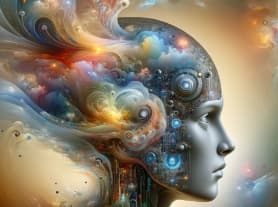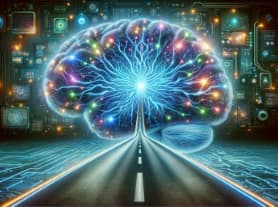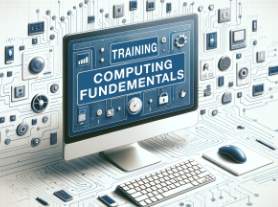Why ChatGPT Hallucinates
ChatGPT and the phenomenon of "AI Hallucinations" have sparked both curiosity and confusion. What are AI hallucinations, how do they occur, and what do they mean for the future of AI? This Knowledge Track is designed to unravel these mysteries, shining a light on a significant, yet often misunderstood, aspect of artificial intelligence.
Part of our 'Artificial Intelligence' collection, this track dives into the fascinating world of AI hallucinations. We offer an in-depth understanding of their causes, how they manifest, and their broader implications for AI technology.
What This Knowledge Track Covers
- Understanding AI and LLMs: Learn the basics about AI and Large Language Models, and gain a foundation for advanced topics.
- AI Text Generation and Its Limitations: Explore how AI generates human-like text and the limitations that lead to AI hallucinations.
- In-Depth Exploration of AI Hallucinations: Examine why and how AI hallucinations occur, and read about real-world examples.
- Challenges and Future Directions in AI: Discover how AI hallucinations are mitigated, and consider some of the ethical considerations, and future trends in AI development.
Learning Outcomes
By the end of this track, you’ll have an understanding of AI hallucinations, the mechanics of AI text generation, and the challenges in this field. You'll be equipped to critically analyze AI outputs, understand their limitations, and consider future developments and ethical implications in AI.
Intended Audience
This Knowledge Track is ideal for anyone curious about the intricacies of AI behavior, especially AI hallucinations. It is ideal for students, tech enthusiasts, professionals in the tech industry, or anyone seeking to gain a deeper understanding of the current challenges and future potential of AI.
Part 1: The Rise of AI Hallucinations: From Science Fiction to Reality
Explore the concept of AI hallucinations, drawing parallels with 'iRobot' and examining how LLMs like ChatGPT process language, revealing why sometimes their outputs can seem more like 'digital daydreams' than logical responses.
Part 2: Behind the Scenes: How AI Like ChatGPT Generates Text
Discover how LLMs like GPT generate text, from deep learning mechanics to Transformer architecture, and understand their limitations that can lead to AI hallucinations, including lack of real-world knowledge and validation mechanisms.
Part 3: AI Hallucinations: When AI Dreams Go Awry
Dive into AI hallucinations in LLMs like GPT, understanding their causes from pattern reliance to contextual limitations. Learn about ongoing efforts to enhance AI accuracy and the challenges in bridging the gap between AI modeling and human understanding.
Part 4: Mitigating Hallucinations and Looking Ahead
Explore strategies to mitigate AI hallucinations, covering enhanced training data, sophisticated algorithms, and the importance of ethical AI development. Understand the inherent challenges in reducing AI errors and the role of responsible use of AI technology.

















